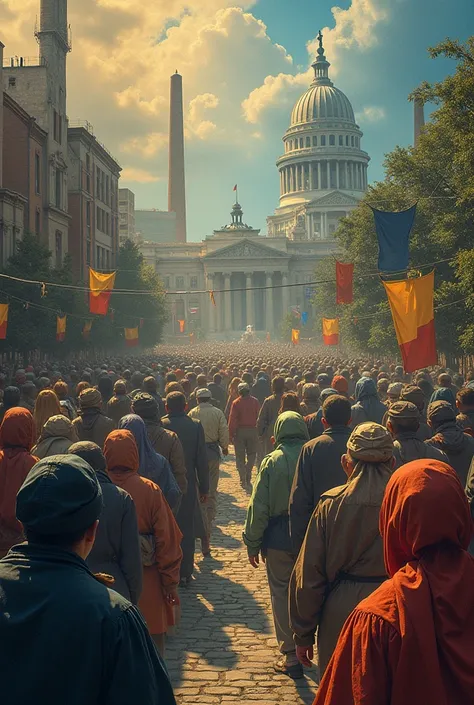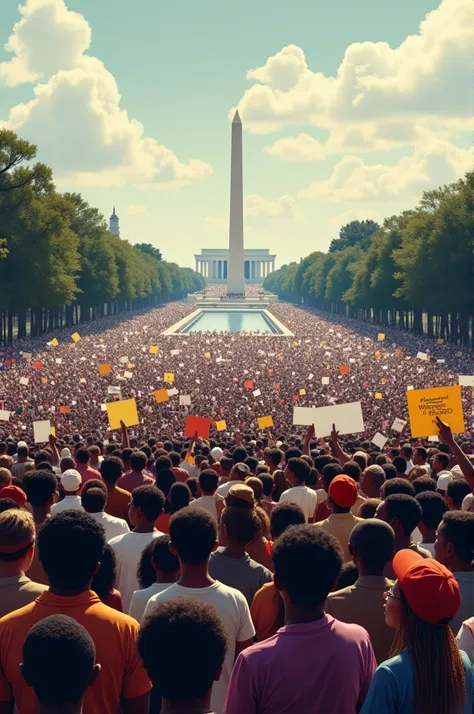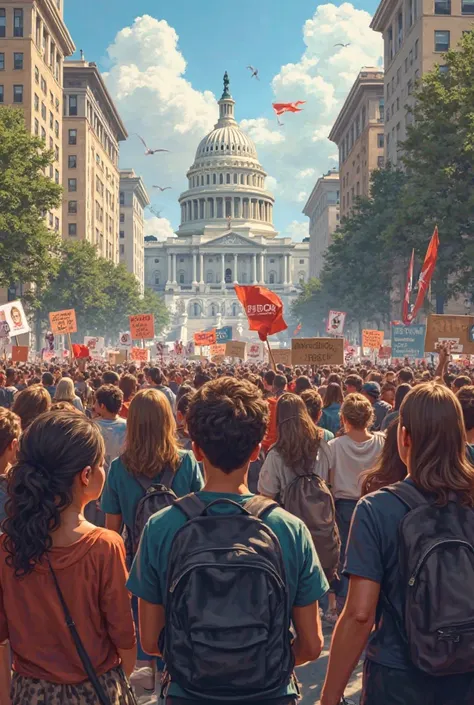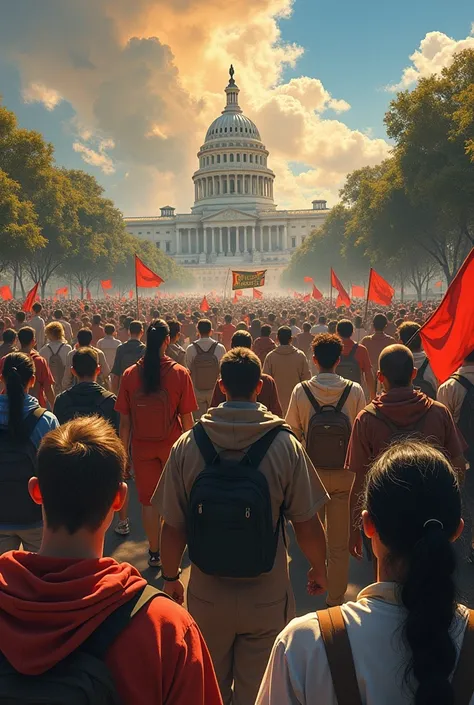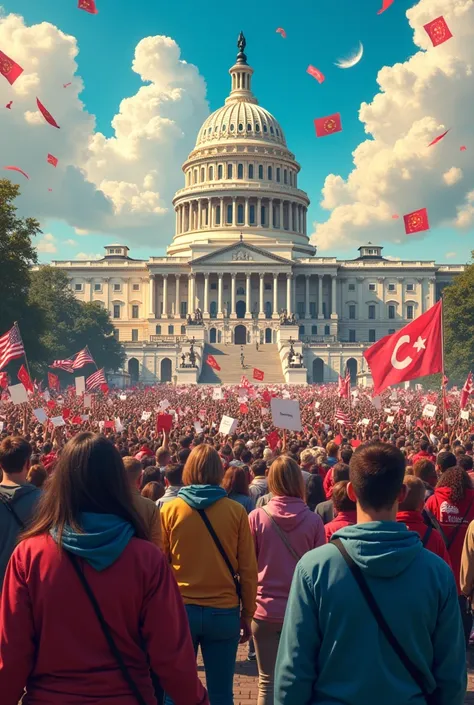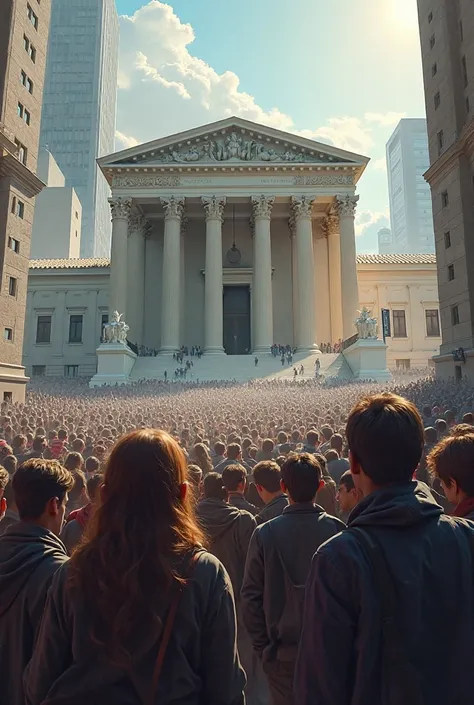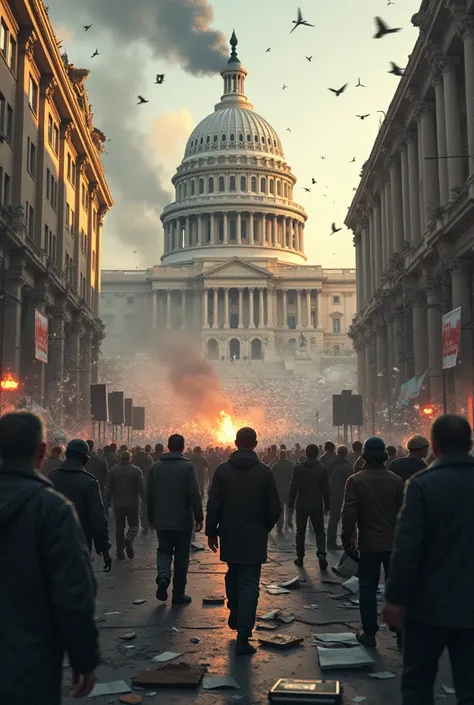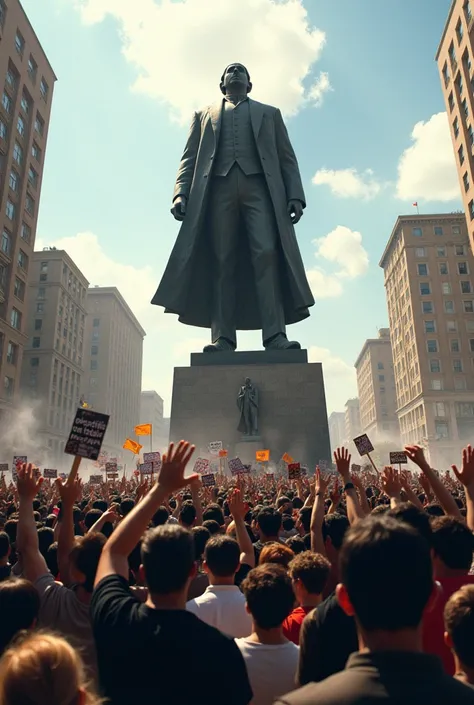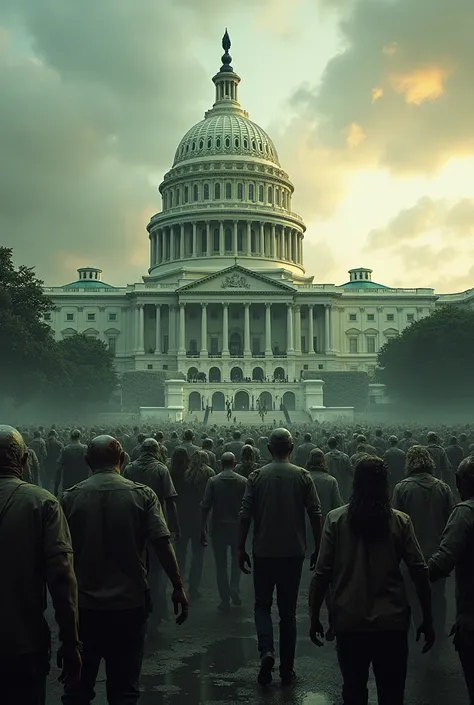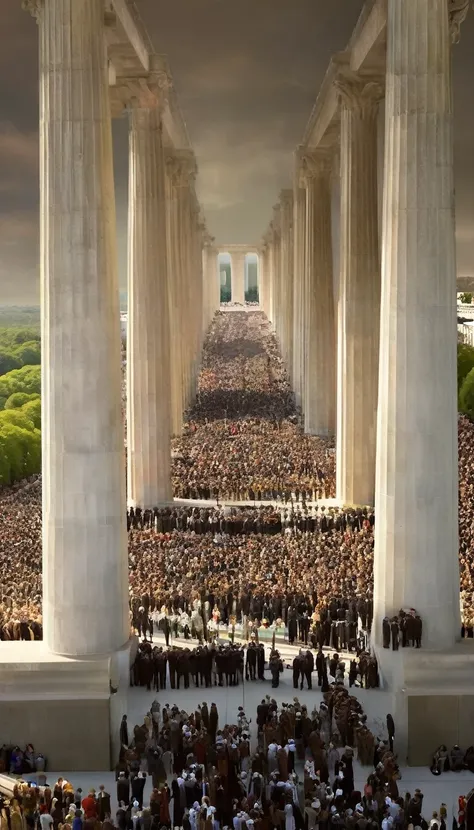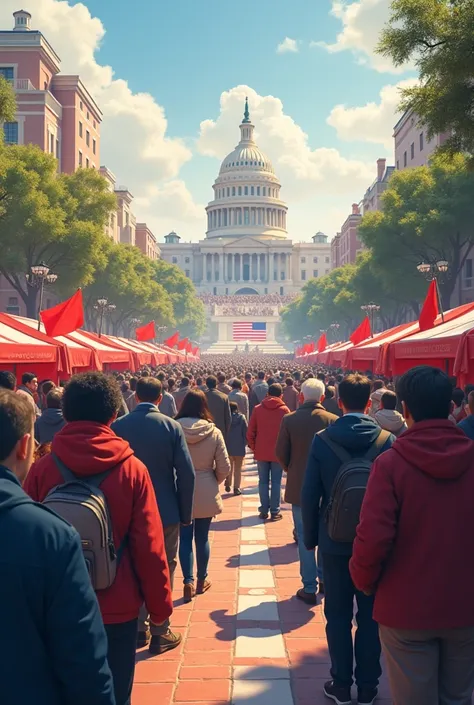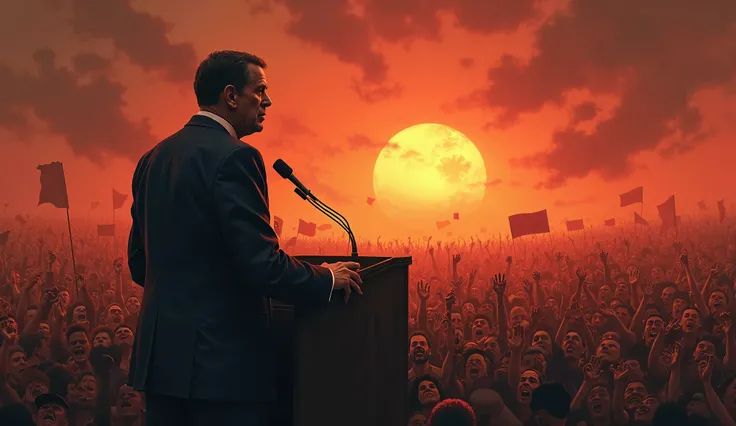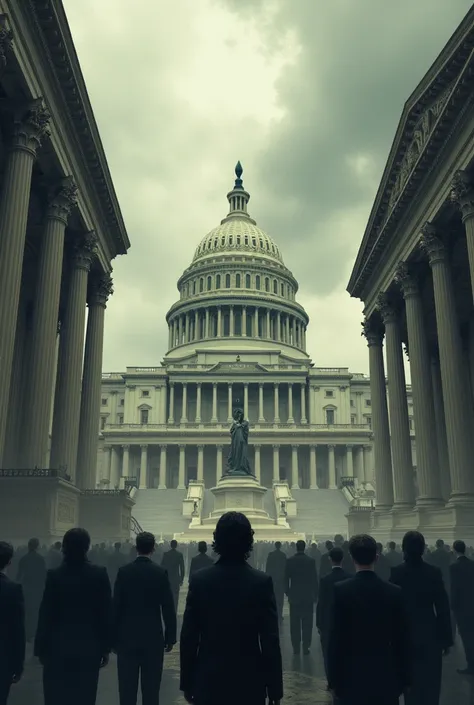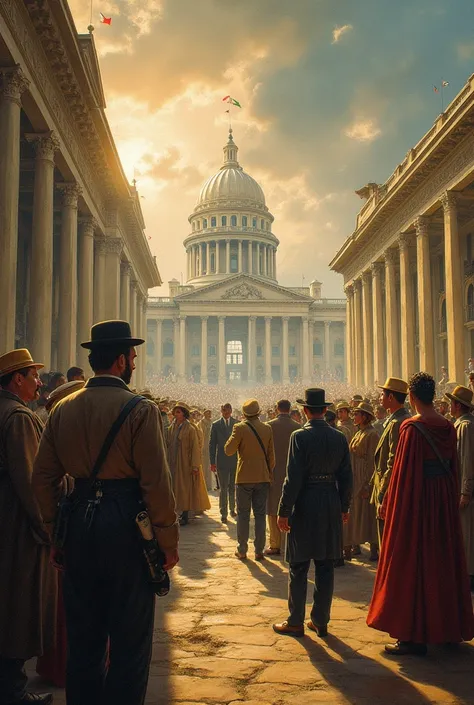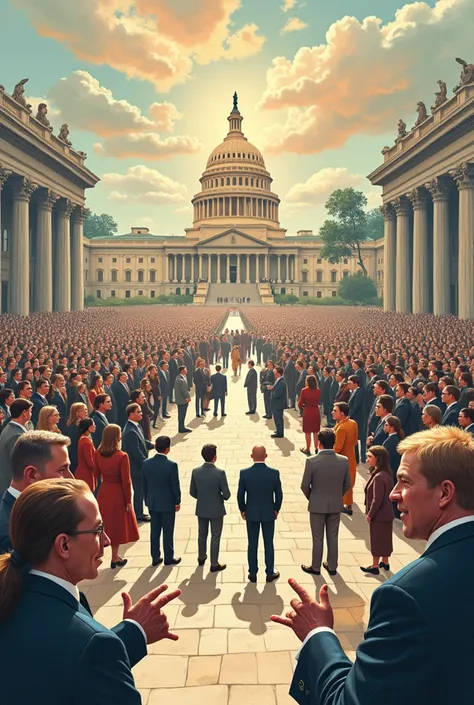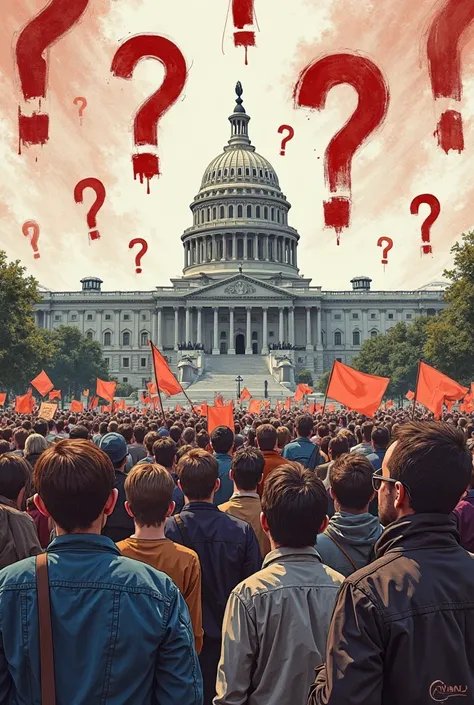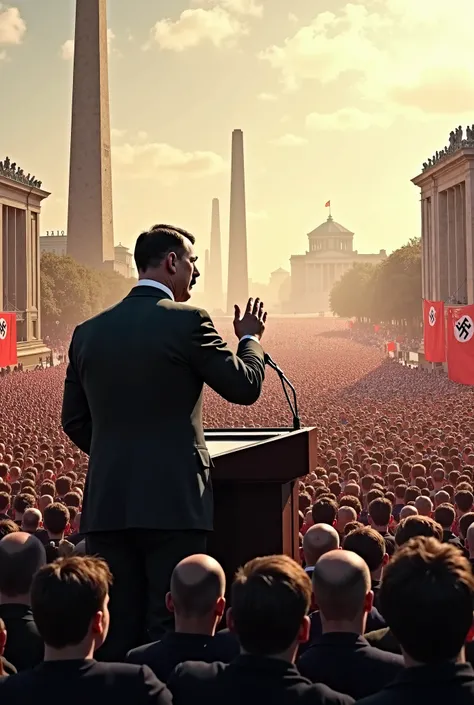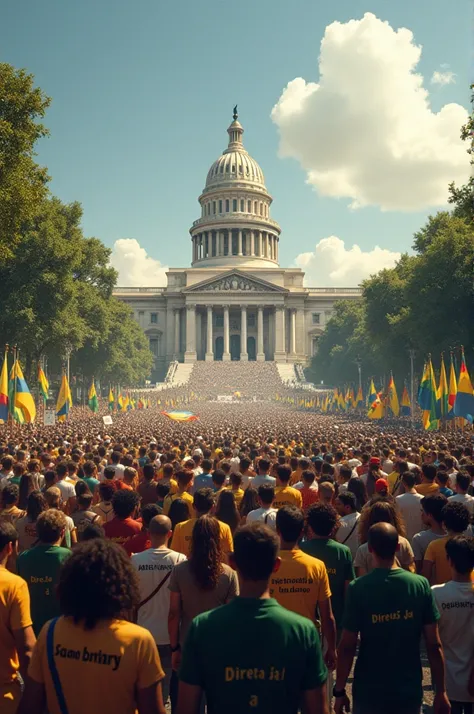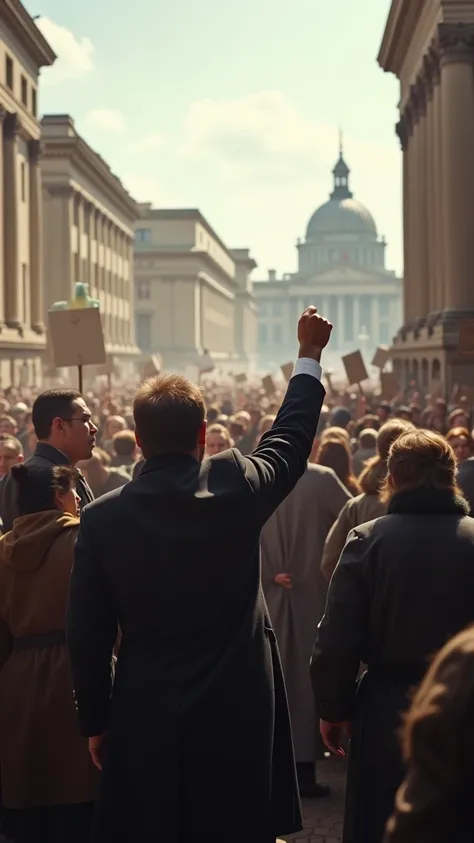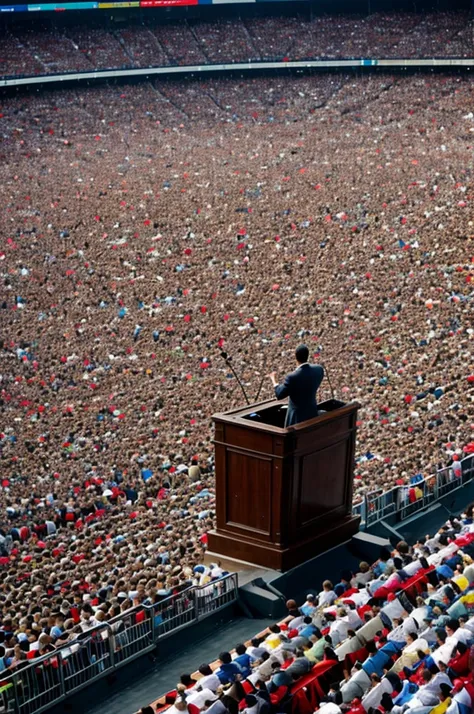Control of power is a key concept in political theory and the administration of
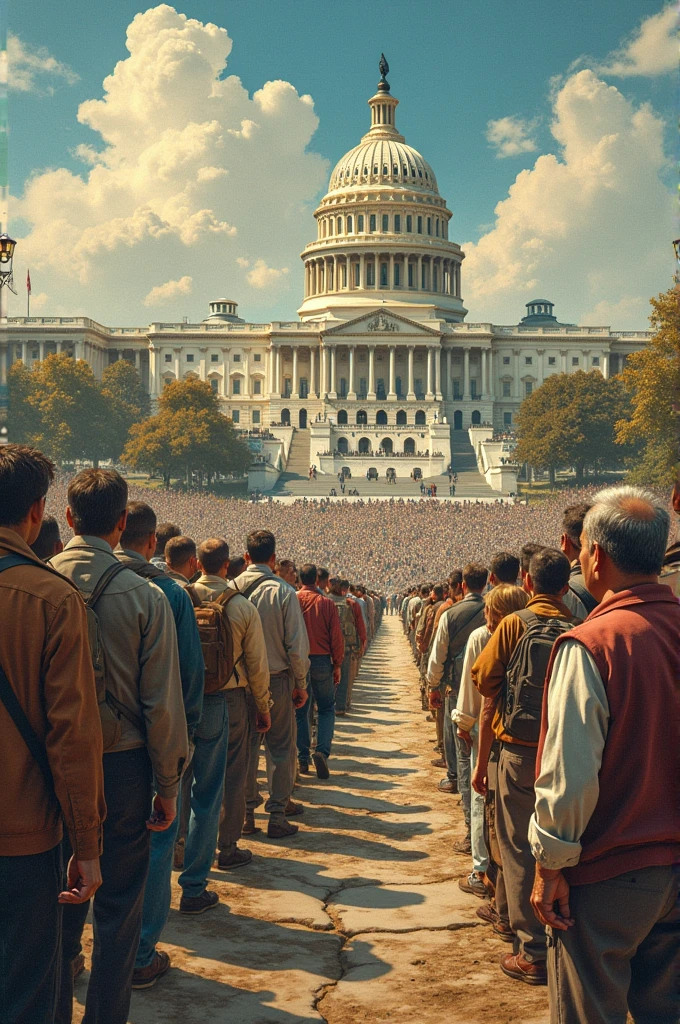

Control of power is a key concept in political theory and the administration of any governmental system.. In the context of democracy, refers to the mechanisms and structures that ensure that power is not concentrated in the hands of a single person or group, and that the government acts in a fair and responsible manner. The main components of power control in a democracy include: 1. **Separation of powers**: In a democracy, Government power is divided into three main branches: the executive power, the legislative and the judicial. This separation seeks to avoid concentration of power and allow each branch to supervise and limit the others.. 2. **System of brakes and counterweights**: Each branch of government has the power to review and limit the actions of the other branches.. For example, el poder legislativo puede aprobar leyes que the executive power debe implementar, and the judiciary can review the constitutionality of laws. 3. **Free and fair elections**: They allow citizens to elect their representatives and express their opinion on the government.. Periodicity and transparency in elections ensure that leaders remain accountable to the electorate. 4. **Citizen participation**: Citizens have the right and opportunity to participate in the political process through voting., requests, protests and other mechanisms, which helps control and limit government power. 5. **Transparency and accountability**: Public officials must operate openly and be willing to be accountable for their actions.. The availability of public information and the ability of citizens to access it are essential for the control of power.. 6. **Free media**: Independent journalism investigates and reports on government conduct, playing a crucial role in monitoring and reporting abuses of power. 7. **Institutions of
Prompts
Copier les Paramètres
Control of power is a key concept in political theory and the administration of any governmental system
..
In the context of democracy
,
refers to the mechanisms and structures that ensure that power is not concentrated in the hands of a single person or group
,
and that the government acts in a fair and responsible manner
.
The main components of power control in a democracy include:
1
.
**Separation of powers**: In a democracy
,
Government power is divided into three main branches: the executive power
,
the legislative and the judicial
.
This separation seeks to avoid concentration of power and allow each branch to supervise and limit the others
..
2
.
**System of brakes and counterweights**: Each branch of government has the power to review and limit the actions of the other branches
..
For example
,
el poder legislativo puede aprobar leyes que the executive power debe implementar
,
and the judiciary can review the constitutionality of laws
.
3
.
**Free and fair elections**: They allow citizens to elect their representatives and express their opinion on the government
..
Periodicity and transparency in elections ensure that leaders remain accountable to the electorate
.
4
.
**Citizen participation**: Citizens have the right and opportunity to participate in the political process through voting
.,
requests
,
protests and other mechanisms
,
which helps control and limit government power
.
5
.
**Transparency and accountability**: Public officials must operate openly and be willing to be accountable for their actions
..
The availability of public information and the ability of citizens to access it are essential for the control of power
..
6
.
**Free media**: Independent journalism investigates and reports on government conduct
,
playing a crucial role in monitoring and reporting abuses of power
.
7
.
**Institutions of
Info
Checkpoint & LoRA

Checkpoint
SeaArt Infinity
#Réaliste
#Photographie
#SeaArt Infinity
0 commentaire(s)
0
4
0










